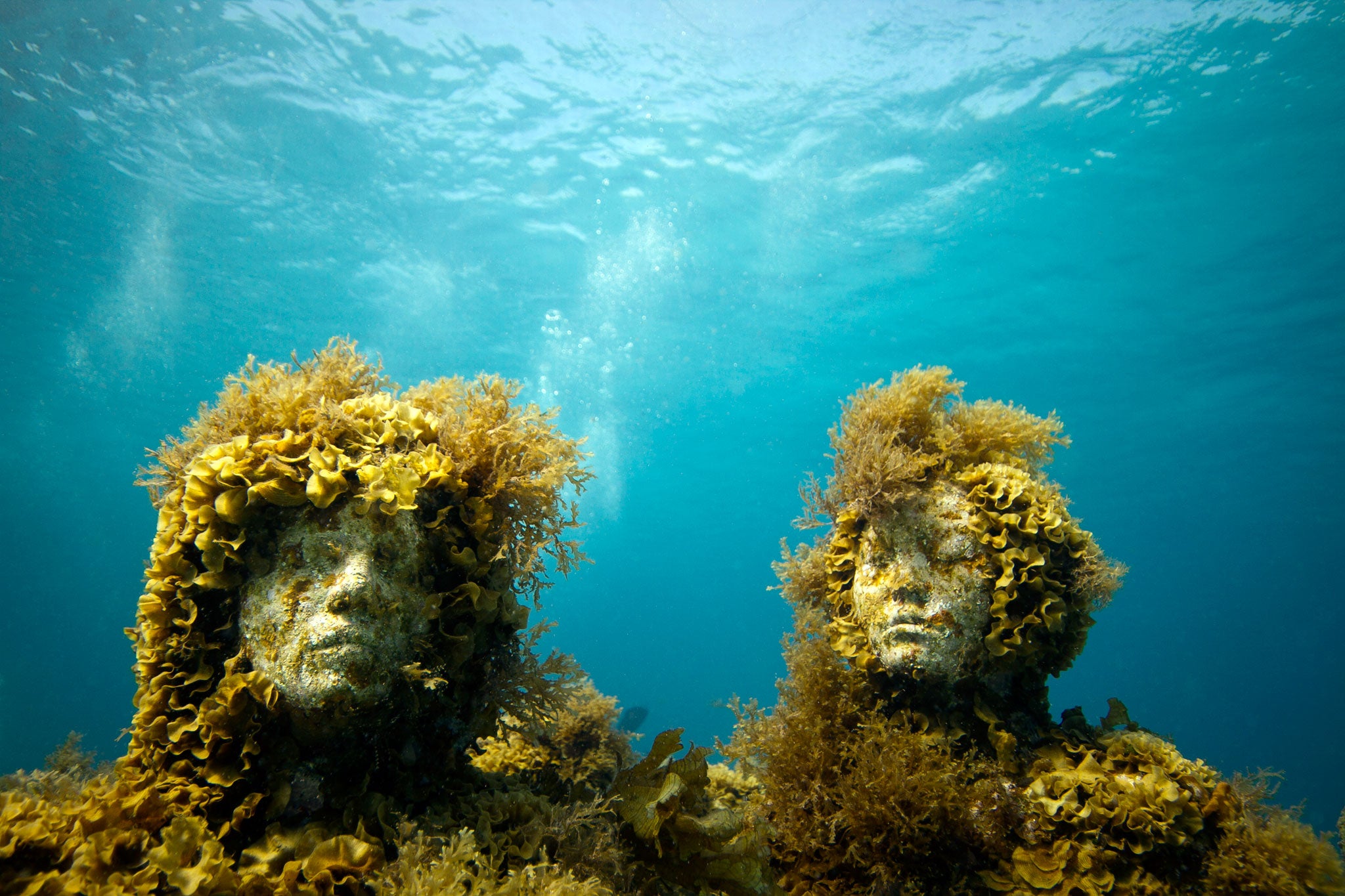Portfolio: Jason deCaires Taylor's 'Silent Evolution' underwater sculptures

Your support helps us to tell the story
From reproductive rights to climate change to Big Tech, The Independent is on the ground when the story is developing. Whether it's investigating the financials of Elon Musk's pro-Trump PAC or producing our latest documentary, 'The A Word', which shines a light on the American women fighting for reproductive rights, we know how important it is to parse out the facts from the messaging.
At such a critical moment in US history, we need reporters on the ground. Your donation allows us to keep sending journalists to speak to both sides of the story.
The Independent is trusted by Americans across the entire political spectrum. And unlike many other quality news outlets, we choose not to lock Americans out of our reporting and analysis with paywalls. We believe quality journalism should be available to everyone, paid for by those who can afford it.
Your support makes all the difference.The Manchones reef lies about five miles north-east of the popular Mexican resort Cancun. And about 500m from the main reef lies another – this one artificial.
Previously there were no marine species where this structure sits; after three years, more than 50 species teem in and around the sunken "bodies" that comprise Jason deCaires Taylor's "Silent Evolution".
DeCaires Taylor grew up exploring the sea and coral reef of Malaysia – until his family moved back to the UK; at which point, he found himself exploring, as young boys do, the nearby derelict railway lines and disused chalk pits – and found fascination in the ways nature would reclaim human environments.
Having taught scuba-diving before becoming a sculptor, it seemed natural to the 39-year-old to combine his passions, and build new, ce2ment-based habitats for marine life. He began in Grenada (where a sponge can be seen taking over a "face), and has since extended his oceanic empire to 1,000 sqm across the UK, Greece and more.
It is estimated that human activity now threatens 75 per cent of all coral reefs – so the sculptor's self-sustaining ecosystems are quite the symbolic way to "give back". His "Bankers" for instance, might have their heads buried, refusing to acknowledge human error – but their raised buttocks provide the perfect living space for small fish and crustacea.
'The Underwater Museum' is published on 1 April by Chronicle, priced £15.99
Join our commenting forum
Join thought-provoking conversations, follow other Independent readers and see their replies
Comments